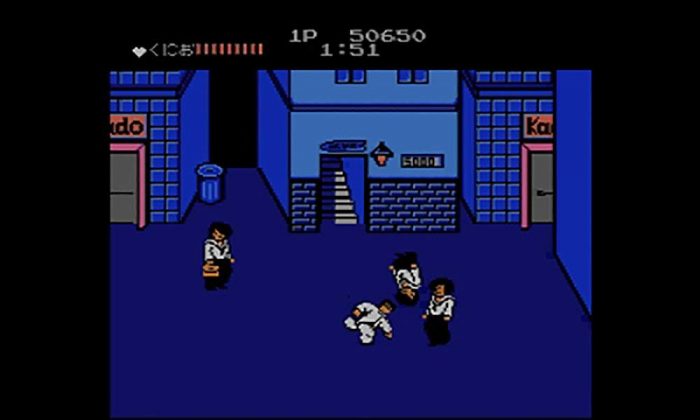
The 1990s was a time when the resurrection of video games was solidified. While some individuals were concerned of another crash like in 1983, the rise of other consoles such as the Genesis in the West and the PC Engine in Japan proved otherwise. If gamers wanted richer experiences in those days, they could go to the arcades. While present day gamers can play online to make friends, the arcades were also great places to find competition and make friends. Despite arcades being largely gone in the West, they are still going strong in Japan and in High Score Girl, it shows that they were strong in Japan 25 years ago. Through this series, older gamers do get a feel of nostalgia, while younger gamers get an idea of what the scene was like in Japan between 1991 and 1995. So, what are some top 10 classics portrayed in High Score Girl? Read our list to find out!
10. Mortal Kombat
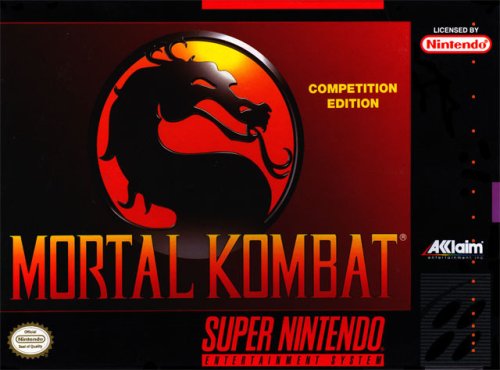
- Platform: Multi Platform
- Publisher: Midway
- Developer: Midway
- Release Dates: October 8, 1992
Kicking off this list is America’s groundbreaking fighting game that became the subject of a congressional hearing, Mortal Kombat. When the cast is exposed to playing this game, they do express how intense and violent it gets. Like many non-American gamers, whenever Raiden does his flying push, the Japanese characters in this game do wonder what he is saying. We can all agree that no matter where you’re from, nobody understands what he’s saying. And just like many international audiences, the reaction to the fatalities were something out of the ordinary. In the 90s, Mortal Kombat was truly groundbreaking in terms of presentation, and High Score Girl does a great job of contextualizing it in relation to its setting. However, compared to other fighting games in this series, it never got that much significant popularity in Japan.
9. Tekken
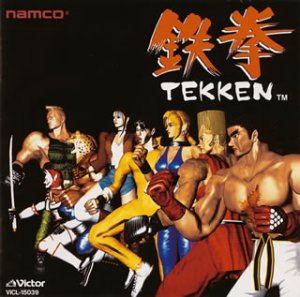
- Platform: Arcade, PS1
- Publisher: Namco
- Developer: Namco
- Release Dates: December 9, 1994
After Sega debuted with Virtua Fighter, Namco (with former Virtua Fighter staff members involved) stepped into the 3D ring with Tekken, literally meaning Iron Fist. By the end of the series, Haruo and his classmate get together and play the PlayStation version. For those who didn’t know, Tekken was one of the games that helped solidify the reputation of the PlayStation in Japan. Tekken may not be as technical as Virtua Fighter, but it offered more variety with a then new and growing genre with something easier and more explosive for those that didn’t want to deal with Virtua Fighter’s deeper learning curve. As portrayed, if you want to play as someone like King, all you have to do is rely on pushing together two buttons to pull off some devastating moves. When you watch Tekken in this series and compare it to Tekken 7, the present version upon uploading of this article, it’s truly amazing to see how old the series is, and how it has advanced.
8. Vampire Warrior: Darkstalkers’ Revenge (Night Warriors: Darkstalkers’ Revenge)
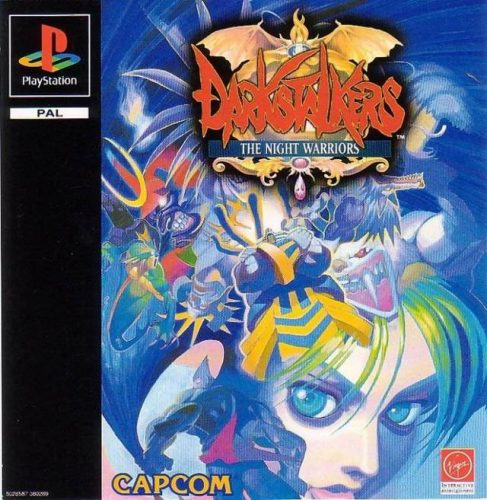
- Platform: Arcade, Saturn
- Publisher: Capcom
- Developer: Capcom
- Release Dates: February 23, 1996
It is universally accepted that Street Fighter will always be Capcom’s number one fighter. Even so, it doesn’t mean that Capcom made other quality fighting games throughout the years, and that includes Vampire Warrior, or Darkstalkers in the West. If you’re familiar with how Capcom presents its fighters in context to controls with Street Fighter, then Vampire Warrior will be instant to pick up. As opposed to using martial artists around the world, Vampire Warrior instead uses supernatural creatures of the night. Who would win in a fight? A vampire or a werewolf? A succubus or a mummy? A merman or a ghost samurai? Though the gaming industry was progressively getting over saturated with fighting games halfway into the 90s, Capcom shows if you use a different gimmick but give a familiar feel, you can still get something fresh.
7. Samurai Spirits (Samurai Showdown)
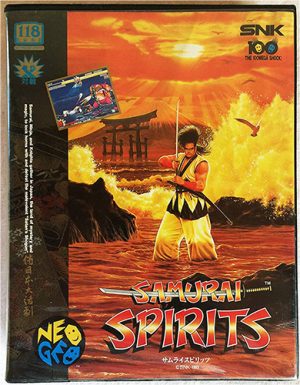
- Platform: Arcade, Neo Geo, Genesis/Mega Drive, Super Nintendo/Super Famicom
- Publisher: SNK
- Developer: SNK
- Release Dates: July 7, 1993
With Mortal Kombat serving as the main competitor to Street Fighter II in the US, in the Land of the Rising Sun, it was the quantity and quality of SNK’s library of fighting games that went to-to-toe with Capcom’s reigning and defending champion. One such game that served both as a competitor and still be distinct was Samurai Spirits. As portrayed in High Score Girl, what makes Samurai Spirits different compared to other fighting games was the ability to use weapons. Many could argue that Samurai Spirits was the first weapons oriented fighter. Thanks to this gimmick, a single strike could change the tide of the game like in a real duel with blades. Also taking a page from Art of Fighting, another notable SNK fighter, whenever characters got closer to each other, the models would scale up while they would scale down depending on their range. If fans in Japan felt that Street Fighter, Mortal Kombat, or Fatal Fury wasn’t their cup of tea, Samurai Spirits gave that appropriate flavor that fighting game veterans or rookies alike could easily enjoy.
6. Darius
- Platform: Arcade, PC Engine, Amiga
- Publisher: Taito Corporation
- Developer: Taito Corporation
- Release Dates: 1986
Some of you may be familiar with horizontal shoot ups such as R-Type, which its PC Engine case was briefly shown in High Score Girl. But if there is any game that defined the horizontal scrolling shooter in Japan, it would be without a doubt, Darius. Besides its highly regarded PC Engine release, what makes Darius distinct in the history of gaming is its then unique arcade cabinet upon its debut. As opposed to your standard CRT monitor. It had a cabinet that you could sit inside like a cockpit, and the game was presented with a long horizontal monitor to showcase how the grand scale of the stages. So if you want the true solidifier of horizontal scrolling shooters, the Darius series is a definitive must have. With constant bombardments of enemies and other projectiles coming at you, you’ll be on high alert as you get through each stage, and has multiple endings for you to explore for quality replay value.
5. Nekketsu Kouha Kunio-kun (Renegade)
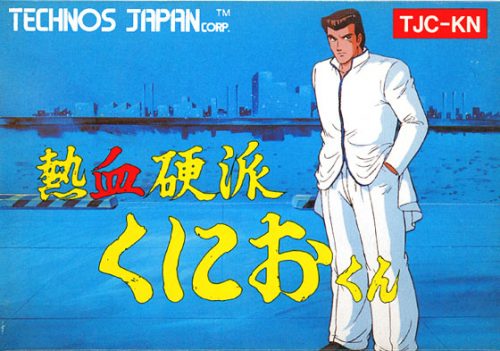
- Platform: Multi Platform
- Publisher: Technos/Taito Corporation
- Developer: Technos
- Release Dates: May 1986
In addition to this RPG/beat ‘em up hybrid, High Score Girl briefly highlights the Kunio-kun franchise as a whole. In addition to the original game, it shows its dodgeball and soccer spin off titles. Compared to a number of games listed here, the graphics may not be state of the art by 1991 standards, it’s easy to pick up mechanics, silly character designs, and intensity is enough to make you want to play. The beat ‘em up releases are presentably different compared to other beat ‘em ups that are really difficult to describe, but you can explore stages in a manner that you can’t do in lets say Final Fight. It’s just something you have to experience first hand to appreciate (as well as its hilarious English translations), and its dodgeball and soccer releases get competitive due to the nature of the sports in real life, and how you have to strategize, which amplifies the fun of the game.
4. The Kung Fu (China Warrior)
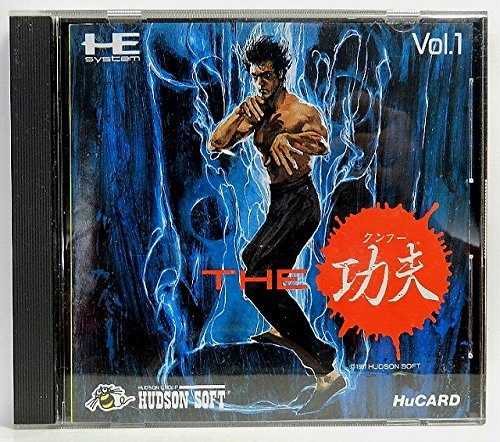
- Platform: PC Engine/TurboGrafx-16
- Publisher: Hudson Soft/NEC
- Developer: Hudson Soft
- Release Dates: November 21, 1987
For some of you gamers in America that knew of the PC Engine as the TurboGrafx-16, some of you may be familiar with a game called China Warrior. In one earlier episode, you may have recognized this game when Akira visits Haruo’s house to try his PC Engine, but was called The Kung Fu in Japan. Despite receiving negative reviews in the US, it received average ratings in Japan. As you can see through the anime, for a game that was released upon the end of the 80s, its larger scale character models were a strong selling point. Though fighting games wouldn’t popularize this for another few more years through Art of Fighting and Samurai Spirits, The Kung Fu in this regard was ahead of its time. As for its name, you may know of Kung Fu for the NES, but this release is by no means related to that respective game.
3. Virtua Fighter
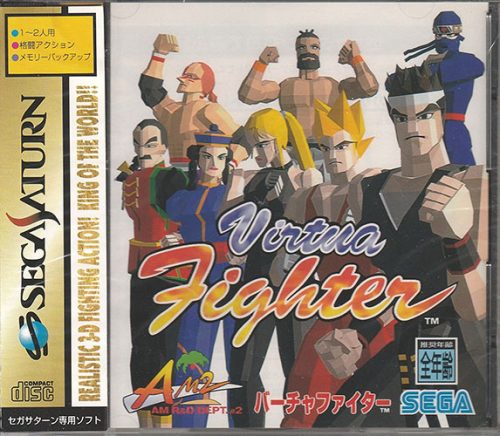
- Platform: Arcade, Saturn, 32X
- Publisher: Sega AM2
- Developer: Sega
- Release Dates: October 1993
Through this anime, Haruo occasionally interacts with a character who resembles Lau Chan from Virtua Fighter. Although Virtua Fighter has always been in the shadow of Tekken and Soul Calibur in the West, High Score Girl shows that the game has always been a hit in Japan. Thanks to the inclusion of Virtua Fighter, it also gives a good opportunity to portray how the Saturn was a success in Japan despite being a forgotten footnote in the US. Virtua Fighter in Japan is highly regarded as the true OG to 3D fighters thanks to Sega’s established reputation of being an arcade powerhouse in Japan. Prior to Saturn, Sega’s consoles weren’t successful in Japan as they were in the US and Brazil, but their arcade games were. Thanks to the Sega brand name being synonyms with arcades in Japan, it helped Virtua Fighter become a success there. As opposed to the cartoony nature of 2D fighters with crazy fireballs, Virtua Fighter was a alternative for those who wanted to enjoy realism in their fighting games, and this anime greatly emphasizes that appeal.
2. Final Fight
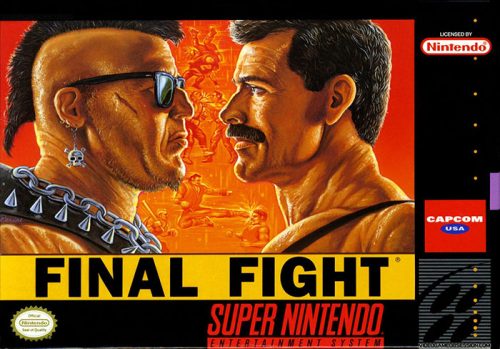
- Platform: Arcade, Super Nintendo/Super Famicom, Sega CD/Mega CD
- Publisher: Capcom
- Developer: Capcom
- Release Dates: December 1989
In addition to dueling in Street Fighter, Haruo and Akira also bond over playing one of the biggest arcade beat ‘em ups in history, Final Fight. This anime perfectly shows that just because a player is good at one kind of game, doesn’t mean those skills transfer to another. With Akira being a master at Street Fighter, she actually demonstrates difficulty playing Final Fight, while Haruo shows superior skills. Despite their combined efforts, they still have a hard time beating the game showing how difficult the game was in real life. In history, Final Fight in general was notoriously hard for its tough enemies, hard to get health items, health destroy specials, etc. While arcade beat ‘em ups are now a thing of the past, it doesn’t mean that they are forgotten. Last, this anime also painfully reminds us in a comedic manner how its Super Famicom release was ludicrously only one player.

1. Street Fighter
- Platform: Multi Platform
- Publisher: Capcom
- Developer: Capcom
- Release Dates: August 1987
High Score Girl emphasizes all Street Fighter releases up to 1995. That includes ALL versions of Street Fighter II, Street Fighter Zero, and the first Street Fighter! High Score Girl masterfully demonstrates the impact Street Fighter II made in the arcades not only in Japan, but worldwide. As we have shared in previous articles, it was the franchise that solidified the fighting game genre, and thanks to Street Fighter, it paved way for Mortal Kombat and all other fighting games post-1991. What also makes this series unique is that in one episode, the main duo even briefly plays the first game! And what version was it? The one with one big kick button, and another with one big punch button. Based on how hard you smash it, it can strengthen the impact of your strike.
As we all know, Street Fighter II was also popularized on the Super Nintendo, but through High Score Girl, non-Japanese viewers learned there was even a handheld version for the PC Engine GT, or the TurboExpress in the US. Through the PC Engine GT, owners of PC Engine HuCard games could also play through this unique handheld. So if you wanted an arcade perfect port in the early 90s in the palm of your hands, this anime showed it was possible!
Final Thoughts
Thanks to this anime, maybe some of you may want to try out the PC Engine. High Score Girl perfectly portrays how it was a huge hit in Japan, while its Western counterpart, the TurboGrafix-16, is tragically a footnote in gaming. It also shows how the arcade scene is in Japan and how their cabinet designs are different from those in the North America. In addition to showing how the PC Engine was a success in Japan, High Score Girl opens a Western viewer’s eyes to how the Saturn was also well received in Japan despite its notorious failure in North America. Hopefully, High Score Girl will encourage you to try these games in the near future as well as other games featured that did not make the list.
Recommended Post
6 Anime Like High Score Girl [Recommendations]
Recommended Post



